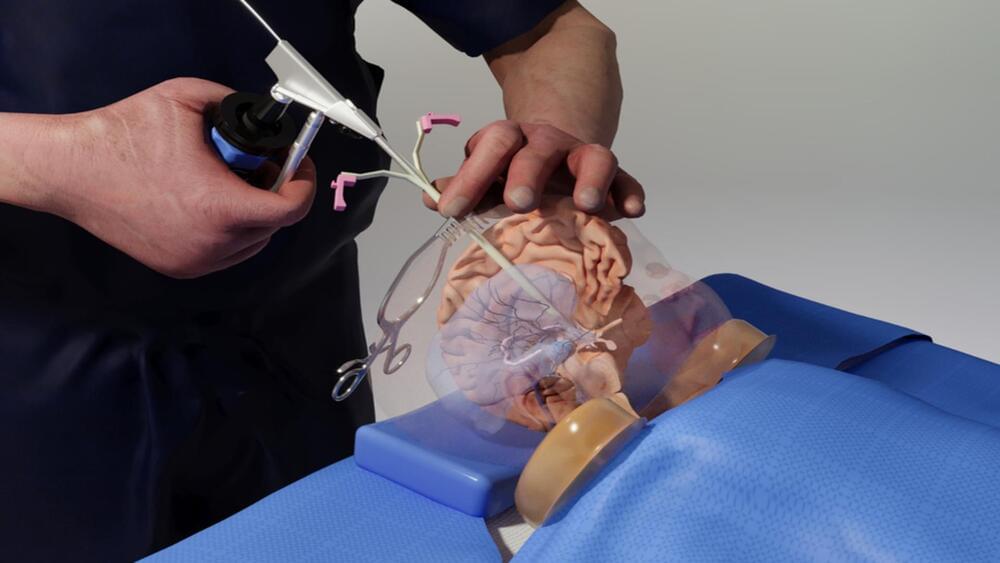Keith wiley stream of consciousness and identity.
Shared with Dropbox.
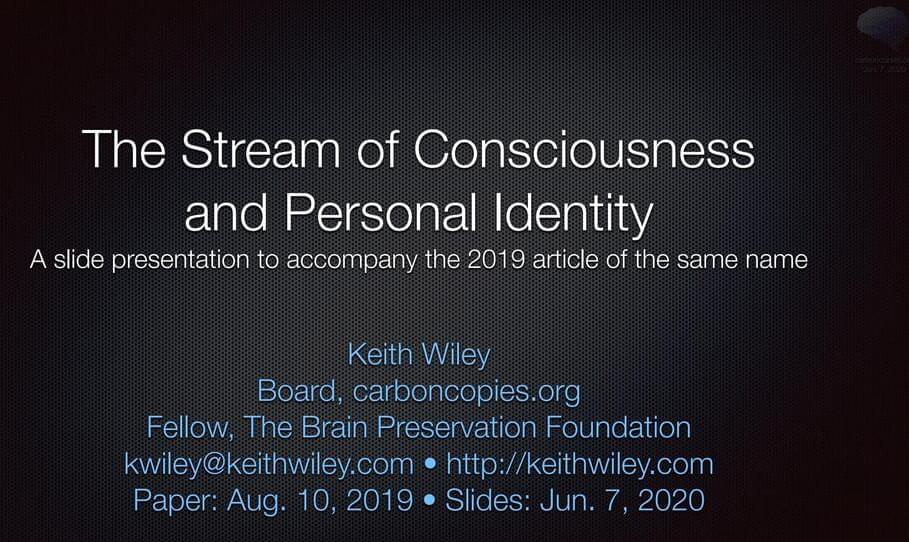

The four quantum noises-Bit Flip, Phase Flip, Depolarization, and Amplitude Damping-as well as any potential combinations of them, are examined in this paper’s investigation of quantum teleportation using qutrit states. Among the mentioned noises, we observed that phase flip has the highest fidelity. When compared to uncorrelated Amplitude Damping, we find that Correlated Amplitude Damping performs two times better. Finally, we conclude that for better fidelity, it is preferable to introduce the same noise in channel state if noise is unavoidable.
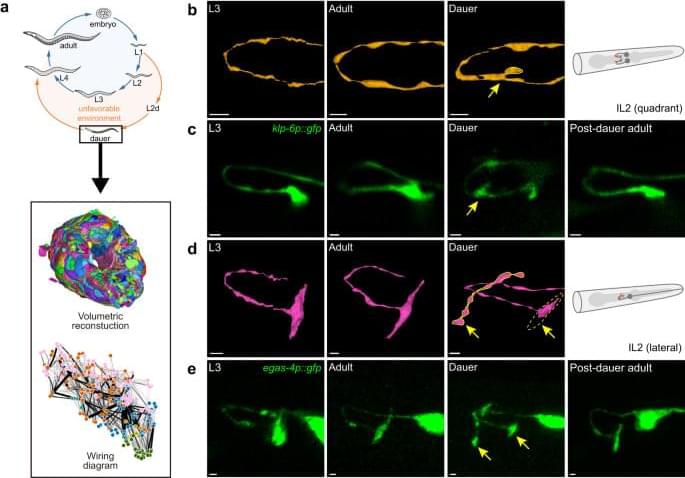

An exotic electronic state observed by MIT physicists could enable more robust forms of quantum computing.
The electron is the basic unit of electricity, as it carries a single negative charge. This is what we’re taught in high school physics, and it is overwhelmingly the case in most materials in nature.
But in very special states of matter, electrons can splinter into fractions of their whole. This phenomenon, known as “fractional charge,” is exceedingly rare, and if it can be corralled and controlled, the exotic electronic state could help to build resilient, fault-tolerant quantum computers.
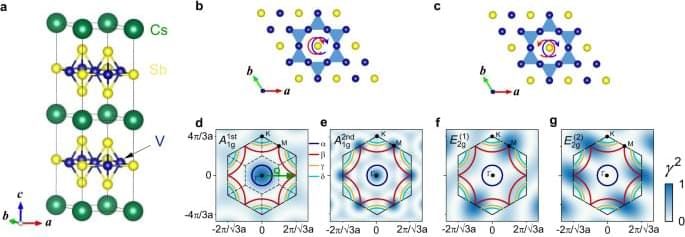
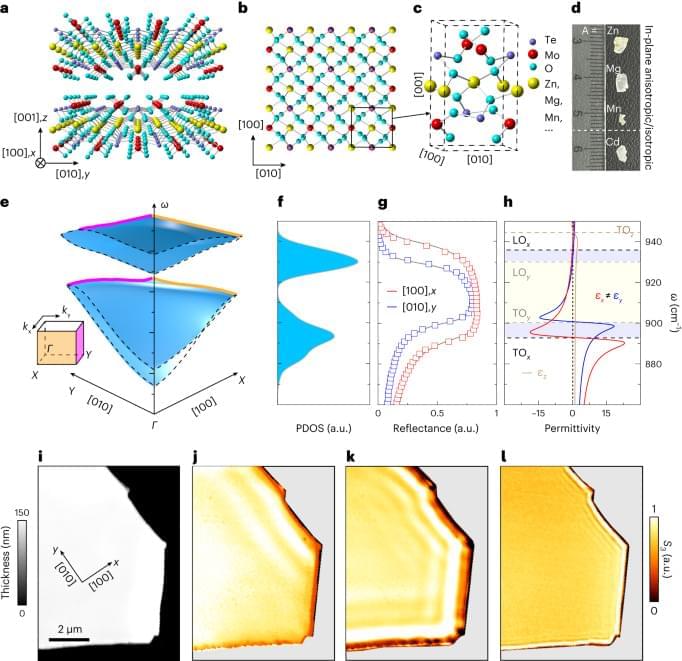
Waymo received approval Friday afternoon from the California Public Utilities Commission to operate a commercial robotaxi service in Los Angeles, the San Francisco Peninsula and on San Francisco freeways.
The approval removes the last barrier for the Alphabet company to charge for rides in these expanded areas. Importantly, it opens up new territory for Waymo in one of the country’s largest cities and unlocks a route to San Francisco International Airport, which is located south of the city.
Waymo has operated a commercial service 24 hours a day, seven days a week throughout the city of San Francisco since receiving approval from the commission in August. Waymo is also allowed to give people free driverless rides in parts of Los Angeles. But until today’s approval, it was not able to charge for rides in Los Angeles.

In today’s column, I am continuing my ongoing coverage of prompt engineering strategies and tactics that aid in getting the most out of using generative AI apps such as ChatGPT, GPT-4, Bard, Gemini, Claude, etc.
A new prompt engineering technique indicates that mentioning Star Trek when prompting in generative AI can be beneficial. Read about the Spock-like logic involved.

